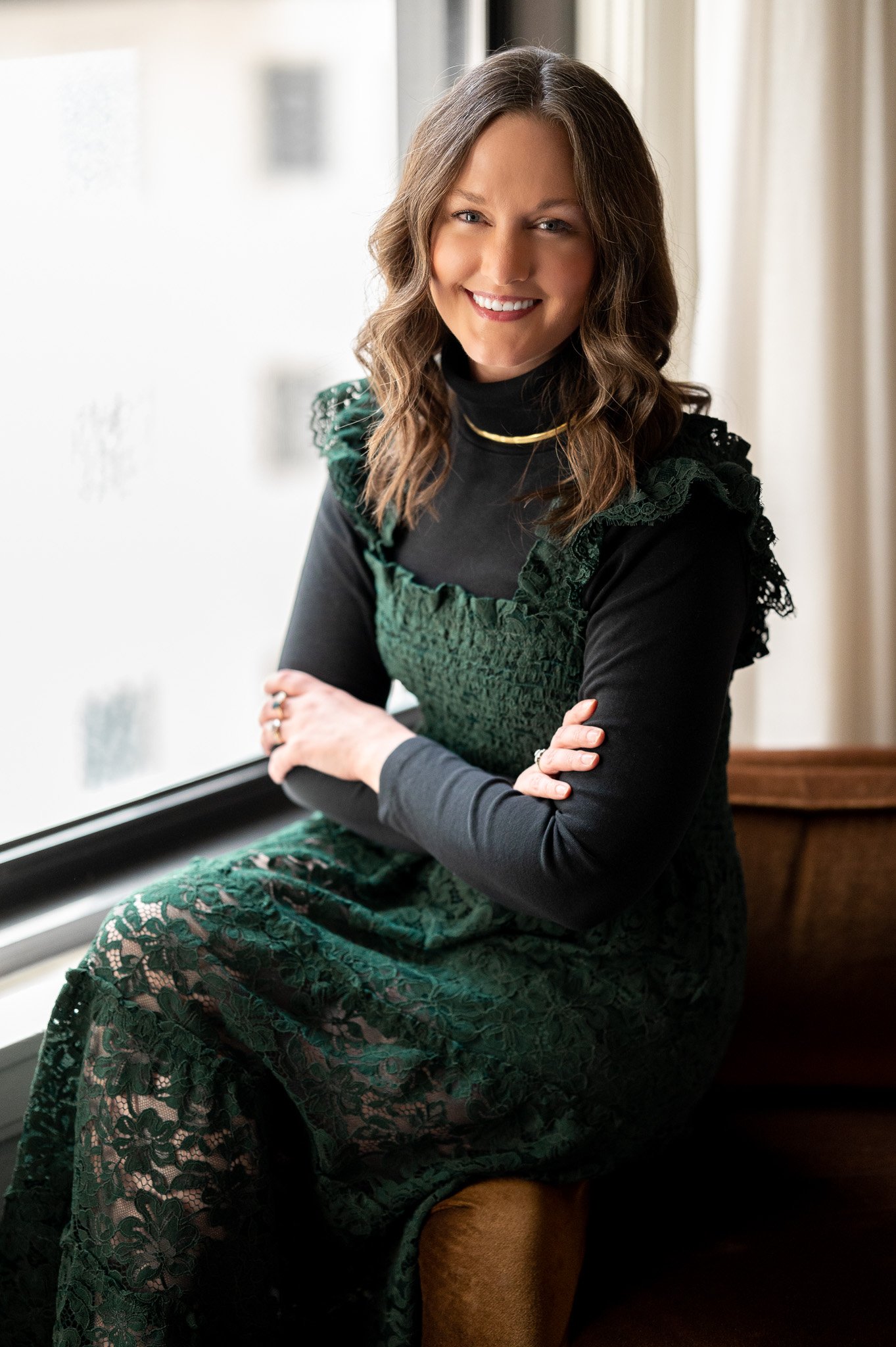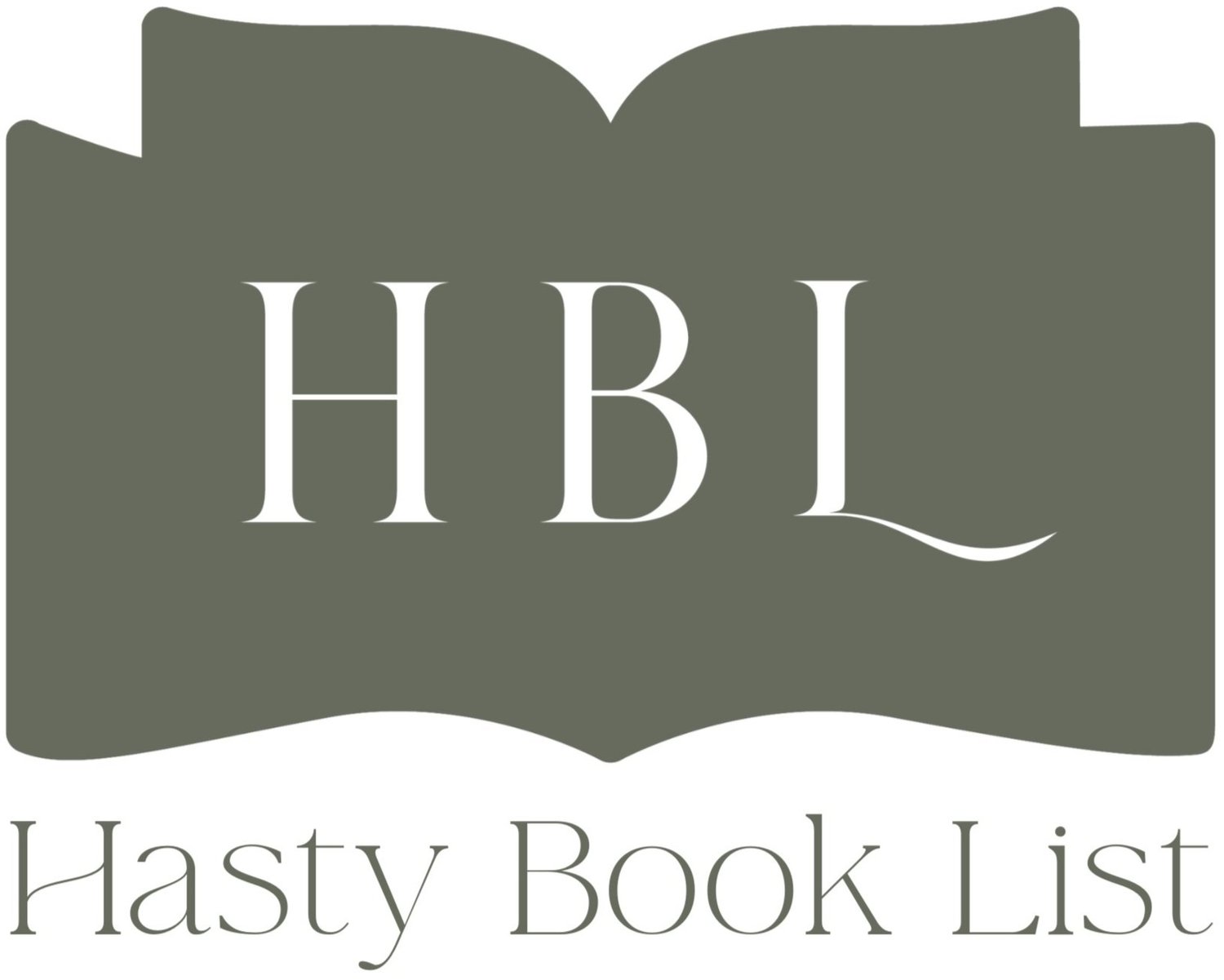Rashi Rohatgi
Author Interview - Rashi Rohatgi
Author I draw inspiration from: Bernardin de Saint-Pierre was a mentee of Rousseau’s and an 18th century French vegetarian botanist. After doing field research in Mauritius, he wrote the story Paul et Virginie, featuring two teens on an idealized version of the island whose love was ultimately doomed. The love story made his abolitionist tract palatable. I’d be tempted to write a retelling except that Natasha Soobramanien’s 2012 retelling, Genie and Paul, is brilliant.
Author Interview - Rashi Rohatgi
Also, Ottessa Moshfegh: she writes these slim and powerful tales of absolutely wretched women. My Year of Rest and Relaxation, about an Oblomov-esque blonde in the year before 9/11, is wonderful.
Author Interview - Rashi Rohatgi
Favorite place to read a book: Anywhere that can be construed as a nook. Or conversely, the beach. Or the bath. I’ll read at the gym if I have to, but ideally I’ll be supine.
Book character I’d like to be stuck in an elevator with: Penelope Bunce from Carry On. She’d presumably be able to get us out of the elevator, but in the meantime we could chat about our interracial US/UK relationships. That whole divided-by-a-common-language thing is real!
Author Interview - Rashi Rohatgi
The moment I knew I wanted to become an author: So, I knew I wanted to do something with words before I could actually write them down. When I was two, I convinced my mother I needed ballet lessons, but when I showed up to the first lesson visibly younger than the other toddlers, the teacher gave me a cutesy nickname: Rashi Matashi. I hated it; I felt so indignant, and in response, I gave her a cutesy nickname in the same vein: Paula Mataula. Ridiculous, right? But words mattered to me so much and being able to deploy them made me feel capable of forcing my way into the world.
But wanting to be an author came later. When I was nine, I had a substitute teacher who called me up to her desk to ask me – in a neutral tone, she didn’t accuse – if I’d plagiarized a writing assignment. When I explained I’d written it myself, she told me to consider becoming a professional. I later had her husband as a history teacher and he was amazing, too. I don’t know who, if either, had been the trailing spouse in that situation, but now that I’m the trailing spouse, I sometimes think of her and remember that dropping into a place somewhat at random doesn’t mean that what you do there is any less important.
Hardback, paperback, ebook or audiobook: Paperbacks and e-books read on my phone. I want to read everywhere, all the time, so portability is key. Clearly I should get into audiobooks, but I find sounds quite overwhelming in general – I don’t even own headphones.
The last book I read: Ibtihaj Muhammad and SK Ali’s The Proudest Blue: a picture book about a kindergartner’s pride in her older sister’s first day wearing hijab. It made me cry, and my kid immediately made me read it again, and of course it made me cry all over again. Hatem Aly, the illustrator, does a lot of full-face close-ups to render the older sister’s various emotions throughout the day, and it was something I hadn’t seen before and I found it really moved me.
Author Interview - Rashi Rohatgi
Pen & paper or computer: Both. I like to plot on paper and write everything out on the computer.
Book character I think I’d be best friends with: Frankie Landau-Banks, from The Disreputable History of Frankie Landau-Banks by E. Lockhart. I’d be drawn in by her intellect, her interest in structural injustice, in how seriously she takes herself, and I think that after her experiences in the book, and particularly how her relationship with her roommate, Trish, develops, she’d appreciate my quieter veneer.
Author Interview - Rashi Rohatgi
If I wasn’t an author, I’d be a: Dance teacher. When I was a teenager, I taught dance to six- and seven-year-olds and loved it, but I’m not the world’s best dancer and so I thought I should find something I was good at to do. Except it turns out I’m not the world’s best writer, either, yet I persist.
Favorite decade in fashion history: 1905 to 1915, when swadeshi took India by storm. The term ‘swadeshi’ means ‘of one’s own country,’ and in 1905 Bengal, in response to ever further meddling by British colonial powers, Indians turned to domestically produced clothing to signal their ability and desire to live independent lives. Leela, the protagonist of my debut, Where the Sun Will Rise Tomorrow, is into fashion, and really struggles with the limitations this puts on her self-expression. (Today, domestically-produced natural fiber is back in vogue in India, but with a much greater range of color, texture, and style than was available a century ago.)
Place I’d most like to travel: Angkor Wat in Cambodia. Since moving to my current home, I’ve learned that there are no Hindu temples in the Arctic, and one of my ultimate goals is to create one. It will probably not rival Angkor Wat in size or beauty.
My signature drink: Aspirationally, the vodka gimlet, the perfect adult version of the classic Indian spiced limeade. Really though it is a mug of plain boiling water, clung to as though it is the last source of comfort in the universe.
Favorite artist: Rachel Whiteread and Raqib Shaw. Whiteread’s casts of negative space are pure poetry to me, and Shaw’s intricate, decadent Old Master reimaginings are capital-E Everything.
Number one on my bucket list: I should probably get my kid to sleep happily through the night in his own bed before I die.
Author Interview - Rashi Rohatgi










